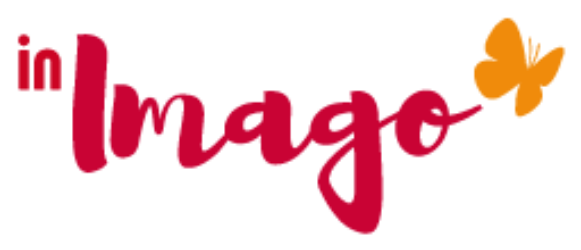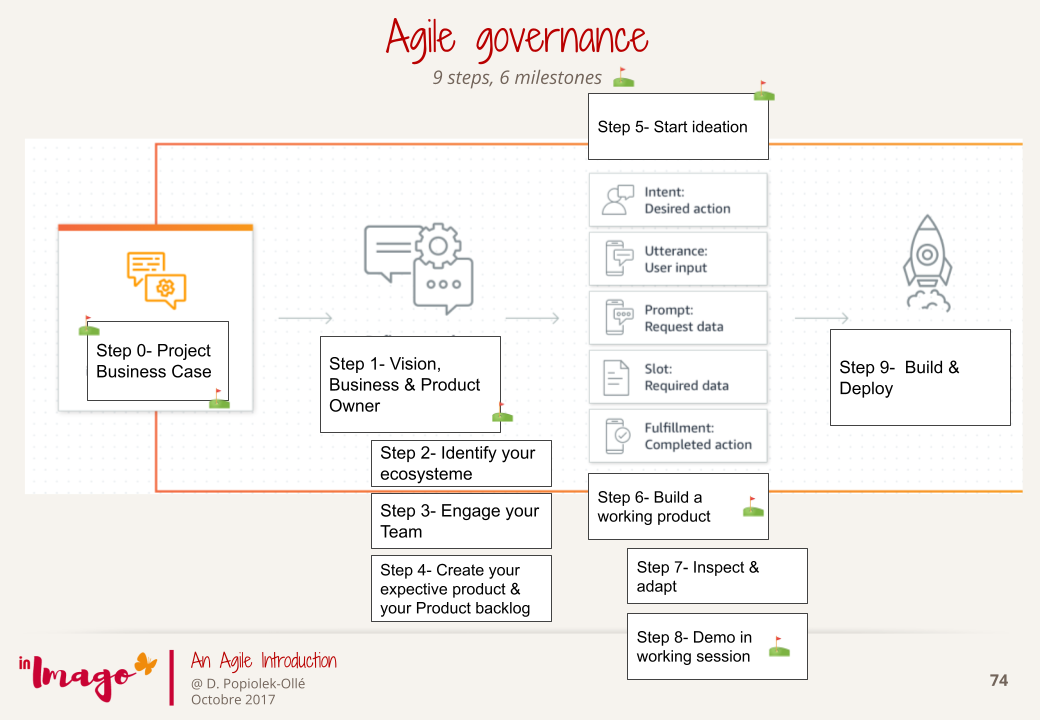Corporate Governance
“Corporate governance is the system by which a corporation makes decisions and implements them in order to achieve its objectives.””
Iso 2600 norm
The challenge is none other than to better protect the activity as a whole, through a better understanding of the processes and risks, and to ensure its robustness with all the stakeholders such as customers, partners or the company regulator. Such certification is likely to reassure, to guarantee confidence in the holding of activities.
Corporate resilience
Business resilience is the ability of an organization to quickly adapt to disruptions while maintaining business continuity and protecting people, assets and overall brand image. Resilience goes beyond disaster recovery (DR) and business continuity by providing post-disaster strategies to avoid costly downtime, strengthen vulnerabilities, and maintain business operations in the face of further breaches unexpected.
Business resilience begins with understanding that processes and workflows must be preserved for organizations to survive unexpected events. The human element is one of the main challenges in business resilience planning. People need to be prepared and educated on how to react to a chaotic situation.
3 elements characterize it: my reaction time, my adaptation time, my renewal time in the event of Market Impact on my way of doing business.

An example of Agile governance
In Agile transformations that I have supported, the key success factors have been in the company’s ability to review all of its processes with a view to putting the customer at the heart of human-machine interfaces.
Starting point for business transformation
Business transformation is a willing choice of strategic management to evolve the business in accordance with the strategic objectives defined for the future. These change initiatives involve everyone’s efforts, employees as well as general management, to modify more or less profoundly the structural elements of the organization in place. Business transformation makes it possible to update its organization and the associated knowledge and to anticipate the needs of both its customers and its employees. Change management becomes continuous
The vision, the strategic plan can be the starting point of a transformation, or even an awareness as the dynamic spiral tends to demonstrate in a visualization of the structuring evolutions of the organization. Reported to a company, the major changes show a social fracture between the power and its collaborators, or between the company and its competitors. The choice to transform “structurally” is necessarily voluntary and follows a major upheaval (loss of turnover, obsolescence, health crisis, etc.)
Organizational transformation is about rethinking an organization’s structure, way of operating and business practices with the aim of doing things better and differently. The transformation is therefore part of a proactive approach, driven by strategic management, to significantly improve the efficiency of the organization and/or the satisfaction of stakeholders.
Therefore, transformation is part of a proactive approach, driven by strategic management, to significantly improve the efficiency of the organization and/or the satisfaction of stakeholders. Business transformation moves a complete system, transforming on his journey
- The organizational structure
- The managerial structure
- The information systems
- The business processes
- and finally the company culture itself
- The relationship to work and ethics
IS Transformation
Reinventing organization
IS favoring transformation
- Reinventing organizations from Frédéric Laloux
- Management 3.0


